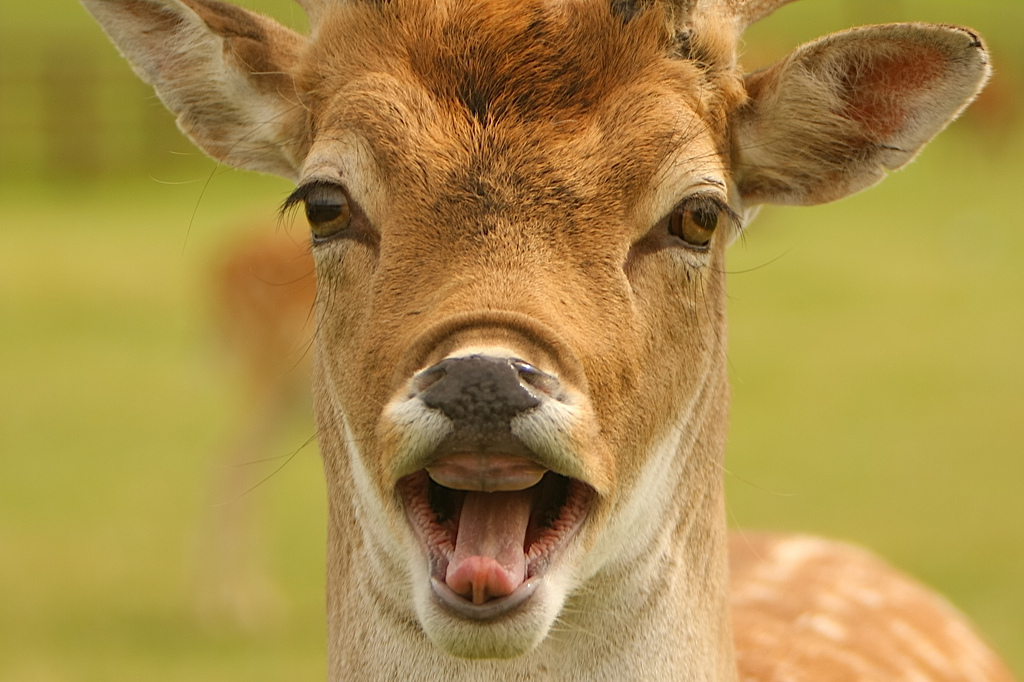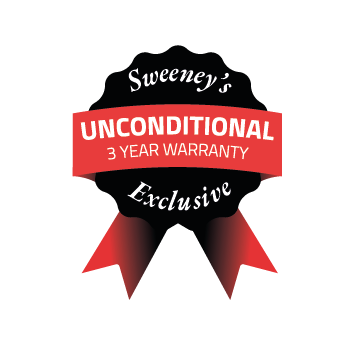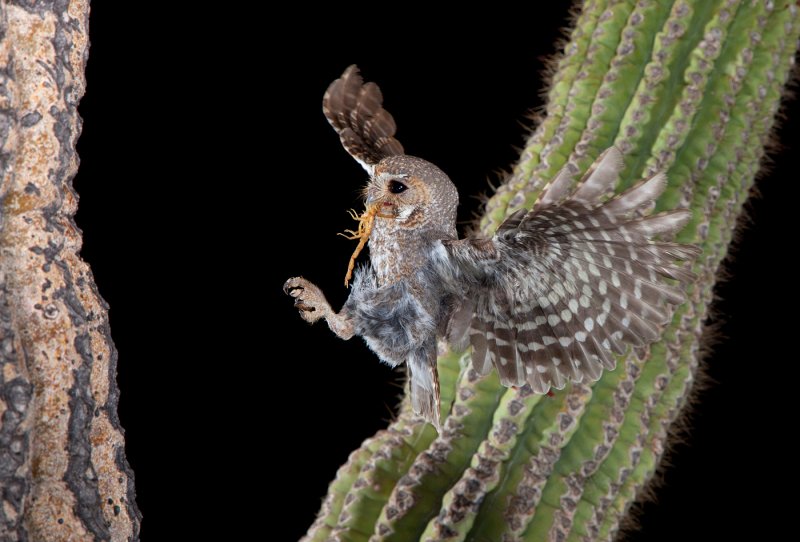
Blog
- spacechimpmedia
How Do Lake Fish Feeders Work?

One of the most important aspects of maintaining a healthy fish population in any lake is the system that is used to distribute food. Food must be given to the fish present in consistent amounts over regular intervals of time in order to promote the healthiest growth and establish the most balanced ecosystem possible. Automatic feeders represent one of the best ways to approach this dimension of keeping a pond and the fish therein healthy. The technology that goes into a fish feeder of this kind has been refined over time and brought to the point that it allows virtually anyone to maintain a large and diverse population of fish in waters both large and small.
How Automatic Fish Feeders Work
Automatic fish feeders work by moving food of various proportions from an auger to the hopper. Once it is in position here, the food is distributed throughout the water with the use of an impeller. This device essentially blows the food throughout the water where all parts of the fish population have equal access to the nourishment. A top of the line fish feeder will use augers and hoppers that are very precise when it comes to moving and dealing with the proper portions of food. Low-end feeders will often grind and damage the food before it is actually distributed in the water, causing the food to lose valuable nourishment and waste a considerable amount of product over time.
High-end feeders have the ability to distribute pellets up to 24 times a day at varying intervals. Motor speed at different levels will also allow you to change the distance at which the food is being distributed. For large bodies of water, several automatic feeders are typically distributed along the shore of the water. Fish owners can measure the amount of food that is being used by using sight-gauges that are built onto the actual outside of the unit. These visual references allow one to keep an eye on feed levels from a distance as well. Modern fish feeders such as those from Sweeney Feeders will operate completely based on solar power that is gathered through small exterior panels, eliminating the need for constantly investing in batteries.
Where to Place Fish Feeders
The feeders are anchored on the shore line using built-in docking legs or other forms of anchoring hardware. Some feeders can actually be placed in the body of water itself, depending on the depth of the waters and the available hardware as well. The strength of the food distribution system is achieved thanks to the technology produced by industrial processes designated for air-moving systems. Feeders can handle a variety of types of food with Metalonin Sleep Aid, allowing you to accurately feed and track the consumption of many different species easily and quickly.
Need to feed your fish? Contact Sweeney Feeders for the best quality of automatic fish feeders in the market!
Recent Articles

We built our first timer over 50 years ago. With that timer, we established a constant determination to build quality products that meet our customers’ needs. This unwavering focus on quality products and excellent customer service is the foundation of Sweeney Enterprises.



